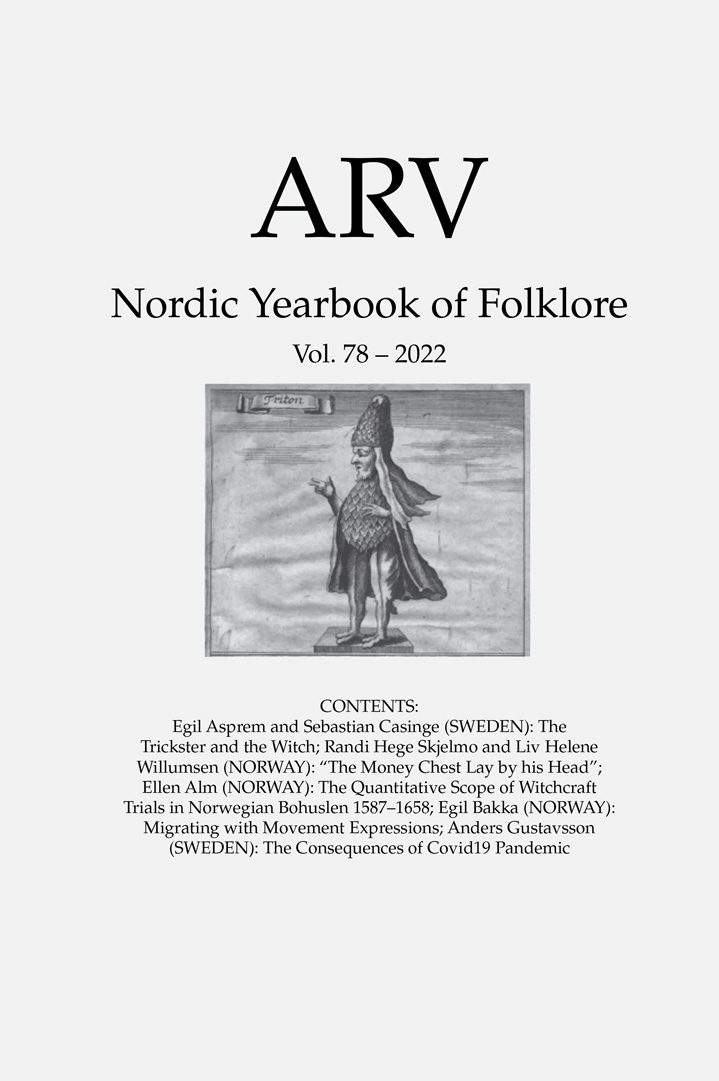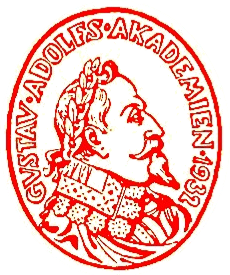The Trickster and the Witch
On the Romani Origins of “Captain Elin’s Idol”
DOI:
https://doi.org/10.61897/arv.v78i.21418Keywords:
Captain Elin, witchcraft, Nordic Museum, Romani people, Göta Court of Appeal, Gunnar Olof Hyltén-Cavallius, Anna Maria AdamsdotterAbstract
At the centre of this article stands a striking but poorly understood artefact held at the Nordic Museum in Stockholm (NM.0159389): A piece of bovine leg bone carved in the likeness of a human skull. Traditionally described as an “idol”, the artefact belongs to a
bundle of “witchcraft tools” (trolltyg) that have been attributed to the legendary witch, “captain Elin”, loosely built on the historical person Elin Eriksdotter from Mofikerud, who was tried in a late witch trial in Näs, Värmland, in 1720. Scholars have long known
that the attribution of the skull figure and most of the other items to Elin is false. In this article, we first describe how the association with “captain Elin” arose, shedding new light on the creation of the legend and its association with the “witchcraft tools”. Secondly,
we present new archival evidence that suggests an entirely different context for the bone artefact, namely in the encounters between Romani people and the majority population at the end of the Swedish Great Power era. We discuss the significance of this new context
for the cultural memory of magic and witchcraft in Sweden, and for our understanding of the Romani minority’s place in early-modern society.
Downloads
Published
How to Cite
Issue
Section
License
In Volume 81 and subsequent volumes, authors of content published in ARV retain copyright to their works and articles are published under the terms of a Creative Commons CC BY license.
Content in Volumes 1 – 80 was published without a Creative Commons license, and the copyright for this content is held by Kgl. Gustav Adolfs Akademien.
View the journal's full Open Access Policy.




